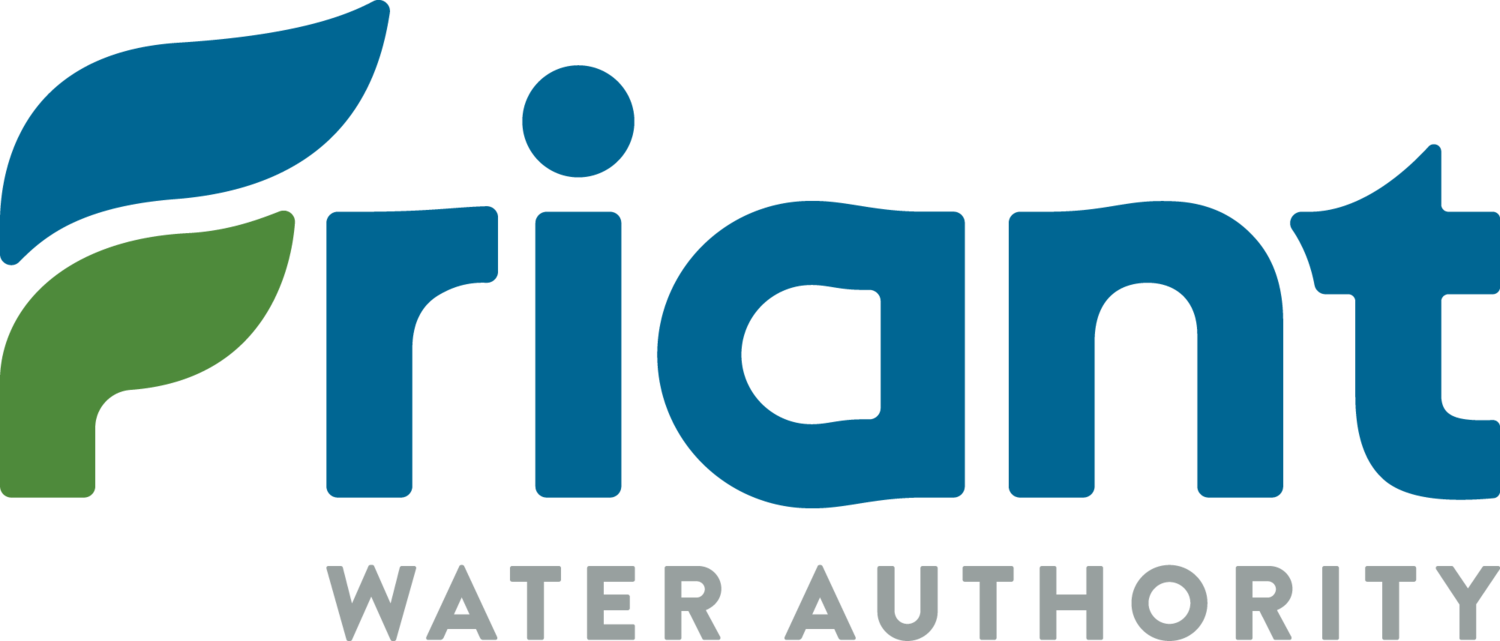Battle Begins To Keep Funding Steered Toward Intended Purposes
After a decade of effort, California has produced a voter-embraced water bond that will result in real water development. Now, however, what may be the hardest work is just starting.
Voters on November 4 gave broad approval to Proposition 1, the $7.5 billion water bond that this year was re-crafted with nearly unanimous bipartisan Legislative support.
“This is the first water bond in 40 years that will actually produce real water,” said Friant Water Authority Assistant General Manager Mario Santoyo, Executive Director of the California Latino Water Coalition. “Now that we’ve passed the water bond, we need to make sure its funds get to the intended recipients.”
During a news conference November 6 at the Fresno Irrigation District’s campus, Santoyo added, “It’s a major step forward but not the last step forward.”
Clovis City Council member Jose Flores, another Latino Water Coalition member, cautioned the Legislature to “remember that the voters have spoken, that we need more storage.”
OPPOSING VOICES
Already, Santoyo said, ideas are beginning to be voiced around the state on how to spend the bond’s funding. “Some of what we’re hearing isn’t what was just approved,” Santoyo said.
Particularly vulnerable is the bond’s $2.7 billion in funding for new surface water storage development. Even as the Fresno news conference was taking place, press reports were reporting comments suggesting those funds might be better spent on other projects than new reservoirs such as Temperance Flat northeast of Fresno.
As an example, the Associated Press reported Jay Ziegler of the Nature Conservancy as saying he expects many new ideas to emerge during discussions among state officials and a variety of special interests, including environmentalists.
“We’re hoping to have a genuine dialogue,” he said. “We don’t really know today what the right project mix is and how to optimize the system.”
Lester Snow, California Water Foundation Executive Director, was quoted as saying, “Now that we have the money, the challenge begins of expeditious and effective implementation of the bond.”
More assertive was Adam Scow of Food and Water Watch. He was among those telling Capital Press that they plan to battle politically for spending on what they term more “sustainable” projects, including large-scale recycling, storm water capture, groundwater cleanup and technologies lead to less imported water reliance.
‘WE’LL FIGHT THE DAMS’
“We’ll fight the dams, we’ll fight the tunnels, we’ll fight public money being used for additional water transfers,” said Scow. “The battle just continues to make sure the funds are in the public interest.”
The “tunnels” Scow mentioned are the proposed twin bores under and through the Delta to convey north state water to pumping plants near Tracy. That proposal and other parts of the Bay Delta Conservation Plan favored by Governor Brown were intentionally left out of Proposition 1.
Temperance Flat Reservoir, which would be located in the upper end of Millerton Lake, would add 1.26 million acre-feet of San Joaquin River storage.
It is squarely in the sights of water storage opponents. So are the proposed Sites Reservoir and enlargement of Lake Shasta and Los Vaqueros Reservoir in Northern California.
